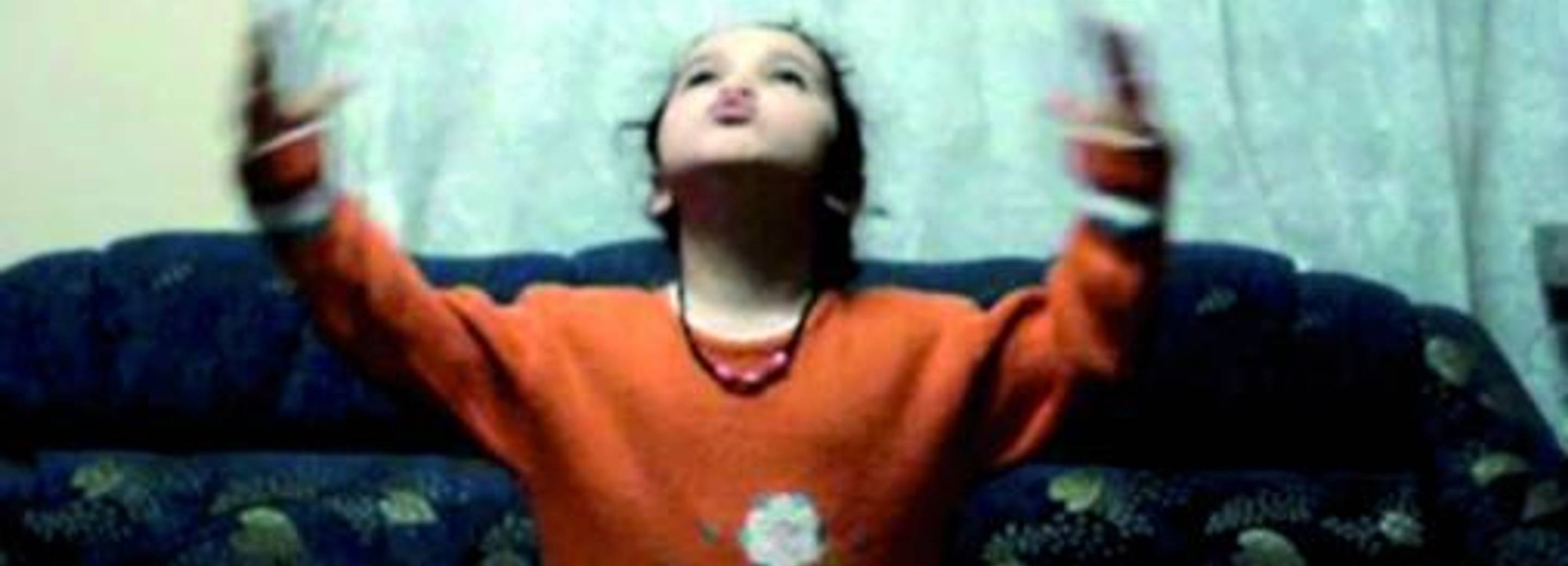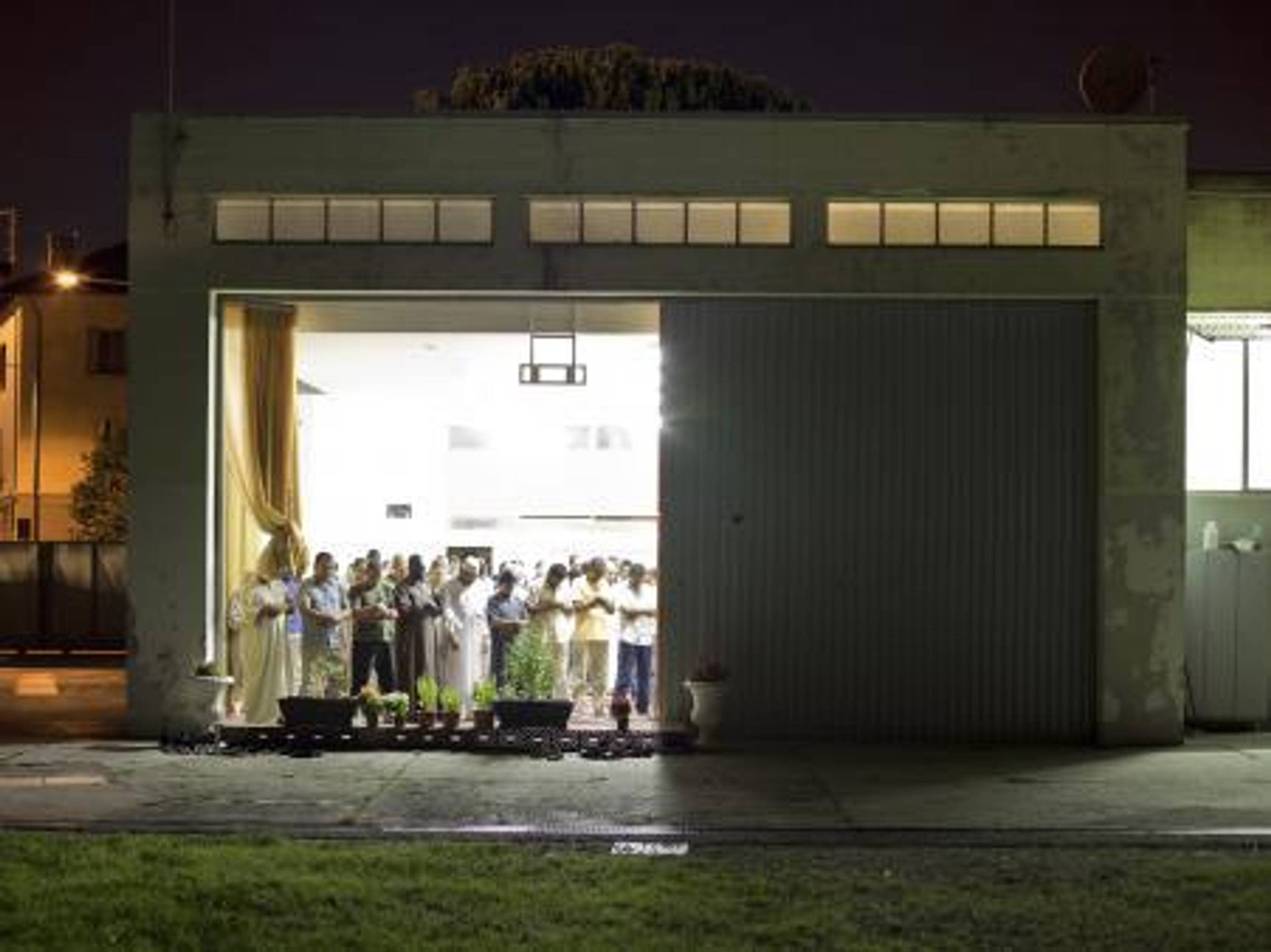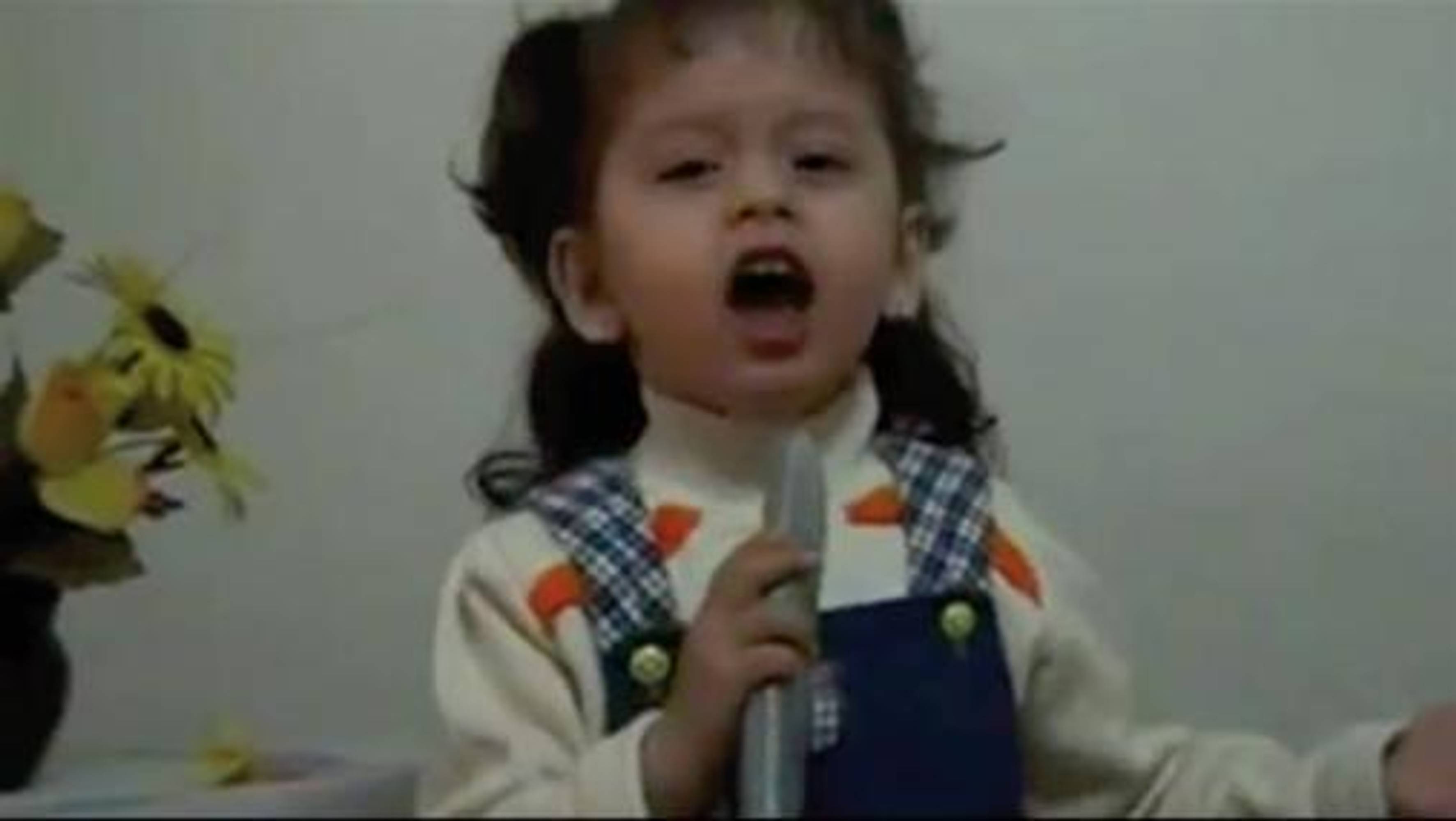SELMA ALAÇAM – NICOLÒ DEGIORGIS
Curated by Luigi Fassi
The artists Selma Alaçam (born 1980, lives and works in Karlsruhe, Germany) and Nicolò Degiorgis (born 1985, lives and works in Bolzano, Italy) analyse within their work the crucial subject matter of the relationship between Islamic culture and contemporary Western culture as it exists in Europe. How informed is mainstream public opinion in Europe about Islamic immigration to the European continent, and about the perspectives on integration of the people who actually come from Muslim countries? Moving from the particular matters of their own cultural perspective, Alaçam and Degiorgis develop individual strategies for their artistic research, with both following the common goal of emphasizing a wide range of elements which are suppressed within the public debate in Europe. In this way, both artists contribute to an increasingly complex and articulated reflection on the subject matter which they deal with.
Hidden Islam (2009-11) is a photographic project by Degiorgis, an investigation of Muslim prayer rooms spread all over Northern Italy. Degiorgis’ work began as participation within a research project on the instruments and methods of multicultural integration conducted by the University of Trieste. Degiorgis took photographs of the improvised prayer rooms in which the Muslims in contemporary Italy exercise their faith, i.e. spaces found at the outskirts of big cities, abandoned and precarious locations such as former garages and industrial buildings. The photographic selection chosen by the artist connects specific private and cultual details of Islamic religiosity with images that document the diasporic nature of Italian Islam during recent years. Here, precariousness and decline become characteristics of survival, as the iconic signs of an anonymous and hostile metropolitan area. Thus, Degiorgis shows photographic images that are configured much like complex texts, in which the nullification of the architectural and urbanist context of the periphery of Italian cities appears to be subjected to the possible sense of relief determined by the rise of a different and migratory culture – such as the Islamic culture – which nowadays is present across the entire national territory.
These images are consistently framed by liturgical scenes of prayers conducted within the places photographed. Breaks of light and improvised details of the image narrate the physical presence of the prayer, the moment of unification and consistency of the collective history of the Muslim communities in Italy. In this way, Hidden Islam traces another complex and problematic picture of contemporary Italy, and reveals the difficulties of this country to conceive itself as a contemporary society that has completely developed a sense of civil progress.
The work of Selma Alaçam is focused on the question of identity. Within her work, the artist analyses in many ways her relationship to her own history as a dual citizen of Germany and Turkey who has grown up in Germany according to the educational models of Islam. Using family documents, ready-mades and self portraits, the artist employs a range of conceptual instruments that deal with a sort of reflection, not far removed from feminism, on the role of identity and social history.
Isolated and Protected (2009) is a video installation consisting of seven monitors on which the artist shows domestic scenes of Turkish Muslim families in Germany. Nonetheless, the visibility of the screen is obstructed by patterns on a curtain which veils the screen. The decorative patterns follow the Arabic tradition of applying them on the outside of windows of private homes in order to protect the residents from being visible to onlookers outdoors. The spectator therefore has only limited and partial access to what is happening, an interrupted visibility that “isolates and protects” the image from the gaze of strangers. In this way it is also a symbol of the complex system of communication and cultural exchange between Western and the Islamic societies in contemporary Europe.
The video work Haare (2009) also intervenes with a similar aspect, with the artist here showing herself as she combs her hair. At the end she puts a wig on her head which is identical to her own hair. The scene shows a strategy used by many young Turkish women in order to remain loyal to Islamic interdict (which forbids women to show their own hair) while at the same time refusing to abandon the ambition to dress up. The gesture of the artist alludes in this way – quite ambiguously and without direct comment – to a possible modernisation inside Islam as it exists in Europe, and to a young generation of Muslims that are challenged to re-conceive the rules of their own religion in order to participate in Western life.
The video work Turkish National Anthem (2010) shows the political sensibility of the artist. It consists of video fragments the artist downloaded from YouTube which display some Turkish children in various private and public contexts while they sing with great emphasis and emotion the national anthem of their country. Left with no comments or alterations, the work provokes a restless sense of discomfort and unease in the spectator, because the national anthem appears as an aggressive instrument, a model of division between those who can identify themselves with it and those who are excluded.



